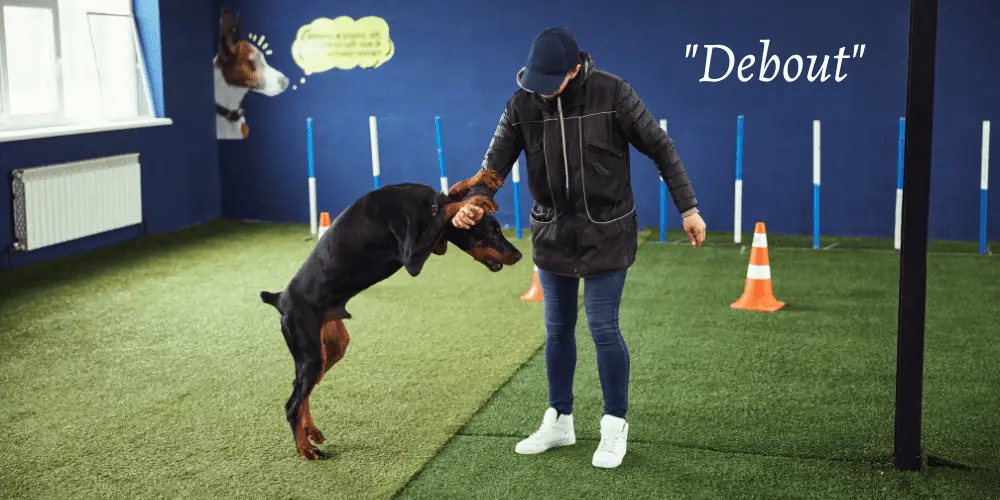If you want to avoid other people being able to command your dog (either wittingly or unwittingly), why not teach your dog commands in French?
Here are 15 of the most popular and useful commands to teach your dog in French.
Let’s dive in!
French Dog Commands and Pronunciation

1. “Fetch” – Rapporte (aport)
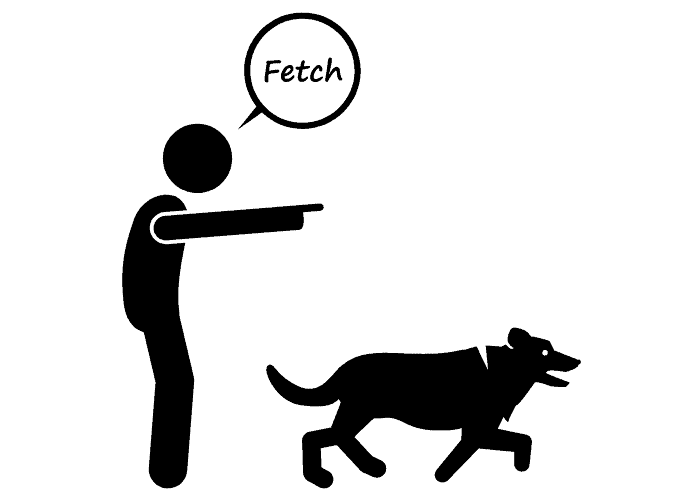
Whether it’s a stick at playtime, a pair of shoes in the morning, or a stroll out in the yard to grab the newspaper, the fetch command will always come in handy. This is one command that is great to perfect during playtime!
2. “Down” – Couche (koosh)
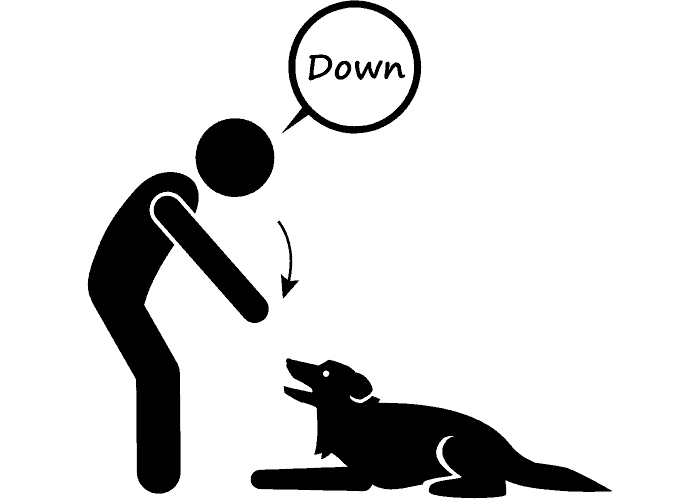
Many dogs are excitable (particularly young dogs), and it is often necessary to teach the command “down” to curb the dog’s desire to stand up and lean upon visitors that come over to the house. It’s also necessary to keep your pup from helping itself to the plate of chicken on the counter.
3. “Stand” – Debout (da-boo)
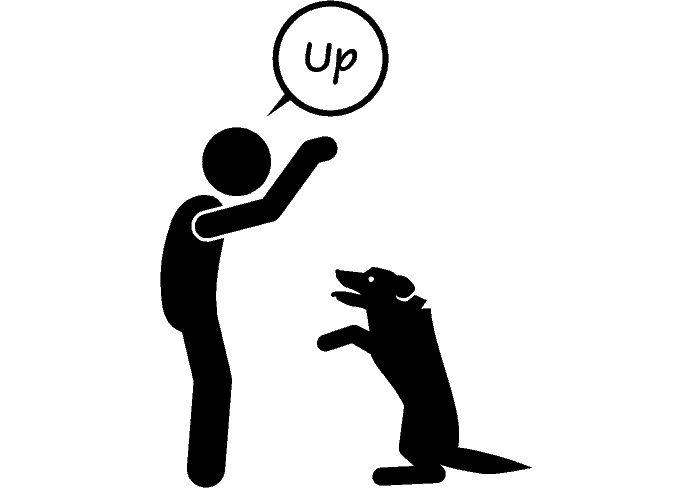
Instead of “down,” there might be circumstances in which you’d want your dog to “stand.” This could be trained to get the dog up from sitting to standing on all fours. But alternatively can be a command for the dog to stand up on its hind legs.
4. “Sit” – Assis (ah-see)
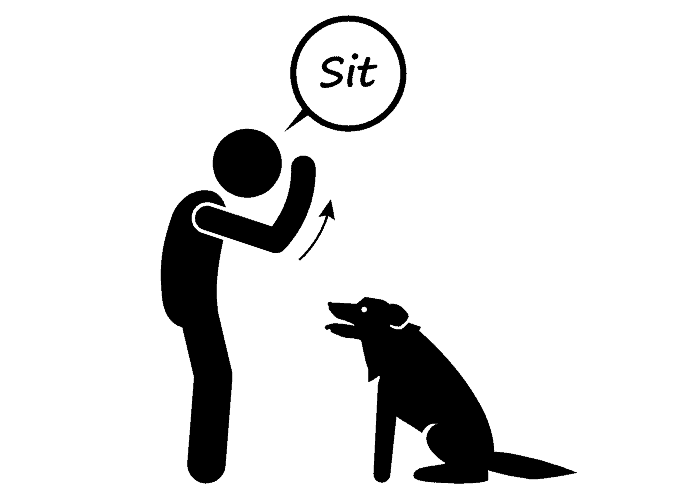
The “sit” command is one of the most basic yet important commands to teach a dog. Dogs tend to remain more focused from a sit position, especially if they know that a corresponding command is coming (and sometimes it’s a precursor to a treat!).
5. “Stay” – Reste (rest)
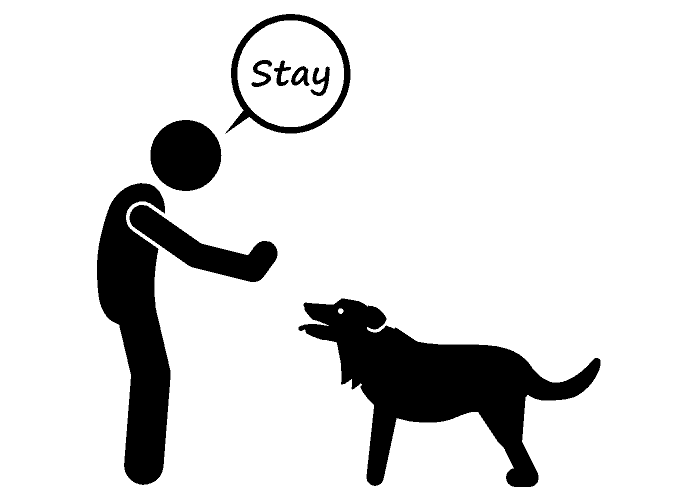
The “stay” command often follows the “sit” command. Again, a very traditional yet important command to teach any dog. Teaching your dog the stay command will teach the dog patience and will help to make the dog more manageable during all sorts of situations.
6. “Come” – Ici (ee-see)
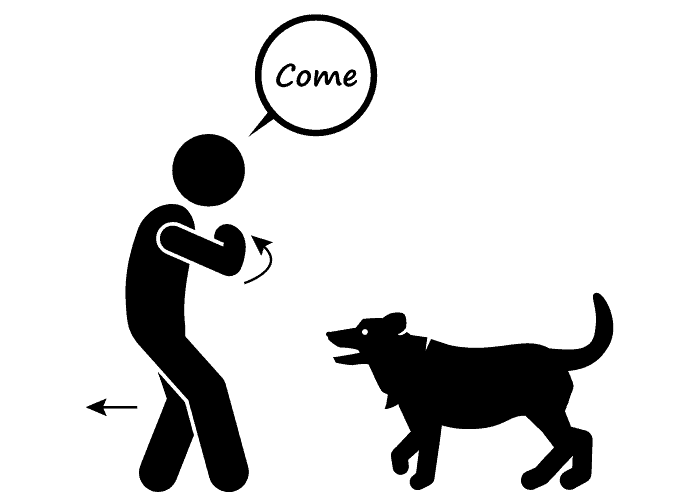
Sometimes it’s time to reel in your dog. That’s where the “come” command is used. Teaching your dog to come at your command will help you do more things with it because you’ll be able to keep better tabs on its whereabouts outside of the home.
7. “Heel” – Au Pied (oh-pee-aye)
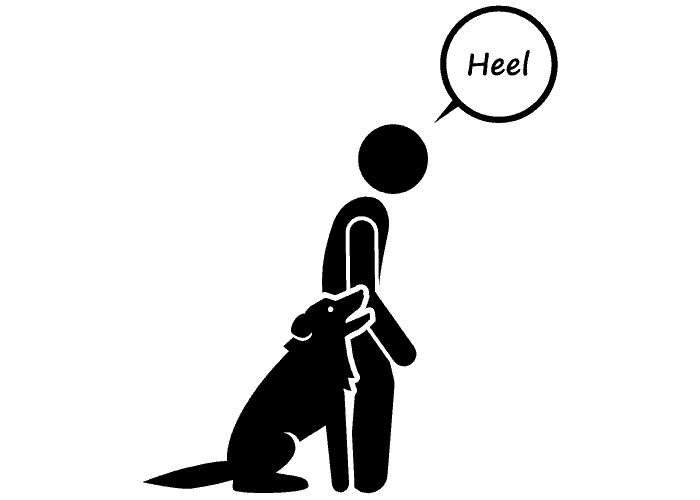
The “heel” command often corresponds with “come.” After the dog has come at the owner’s call, the owner may want it to heel, and stick with them for a time. This is a great command when walking your dog through busy areas, keeping it from getting into trouble or preventing others from getting nervous.
8. “Jump” – Saute (soat)
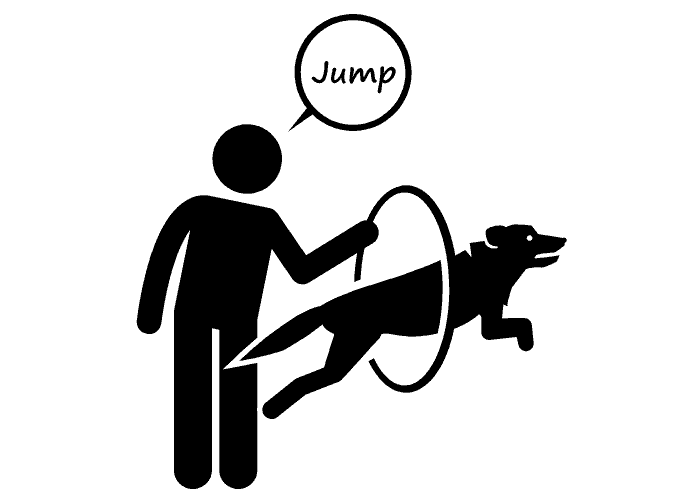
Most owners might be trying their best to teach their dogs not to jump, but there are occasions where it comes in handy to have a “jump” command on file. Performing, working, or show dogs, may need to jump on command, and otherwise, can be a great energy eaters at playtime.
9. “No” – Non (non)
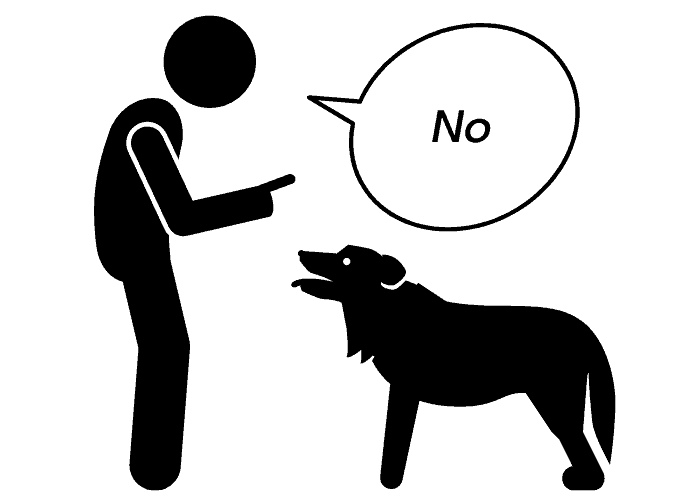
Every dog (or every trainable animal, for that matter) will need to learn a “no” command. It may also become one of the first commands it learns, as “no” will often be repeated while training a pup from the ground up—a sharp, quick, and easy-to-learn command.
10. “Go Out” – En Avant (on-a-vahn)
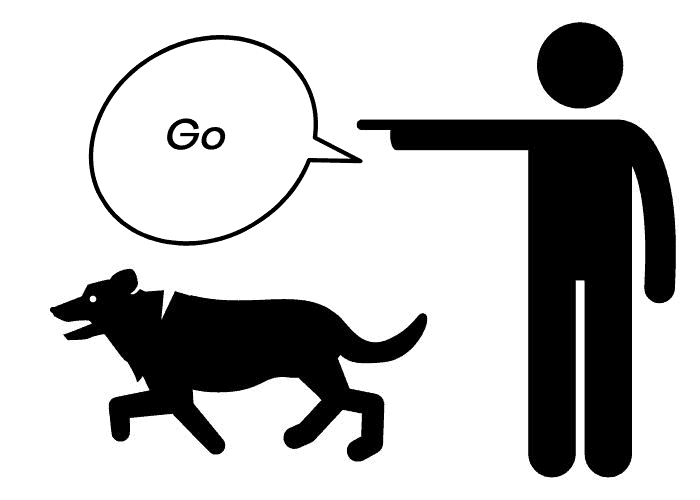
“Go out” or some of the time “get out” has a host of uses depending on your plans for the dog. It is useful with working dogs that have to get out of areas quickly, such as police dogs. On the other hand, it’s used in situations like getting the dog out of the dining room when it’s time for a Christmas dinner.
11. “Speak” – Aboie (ah-bwaa)
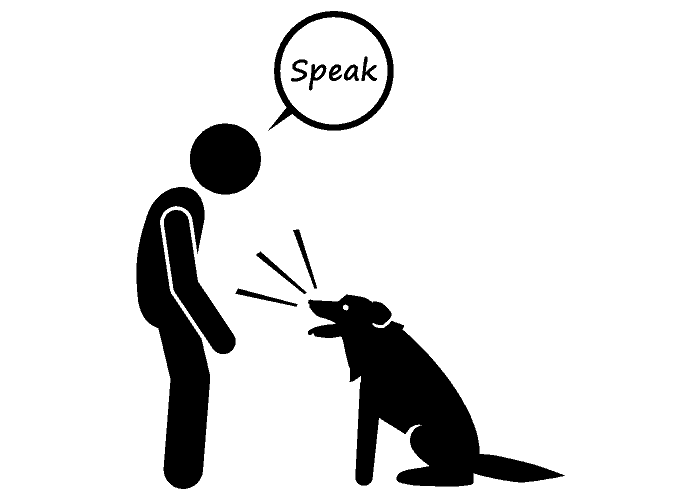
The “speak” command is often used in play but can be used differently with working dogs, depending on the service it’s being trained for. Speaking to alert an owner of a certain situation, for example, of an incoming medical issue.
12. “Guard” – Garde (guard)
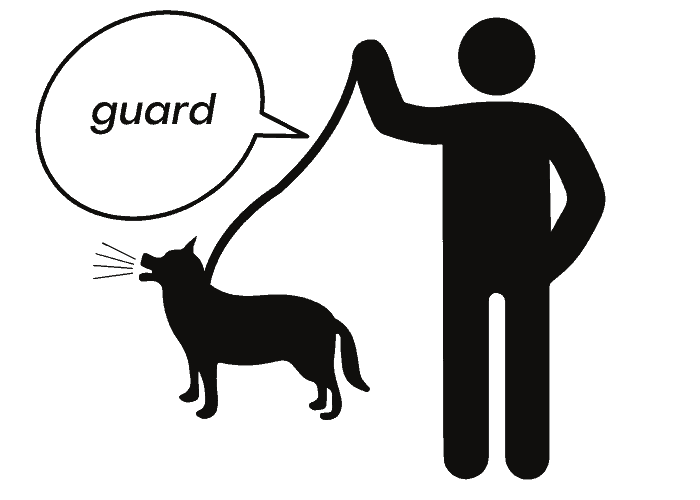
This isn’t a command that would be taught to a regular household pet dog (for the most part). The “guard” command is taught to explain to a dog that they’re on the clock and something or someone needs protecting.
13. “Search” – Cherche (scherch)
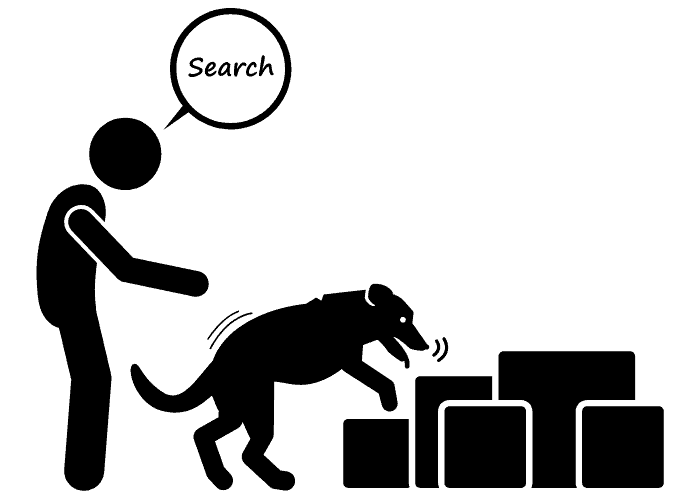
Again, more often used with working dogs, the “search” command alerts the dog to something in the area it has to find. The objects of the dog’s attention could be anything from a ball to drugs, all the way up to lost people.
14. “Out” – Dehors (du-o)
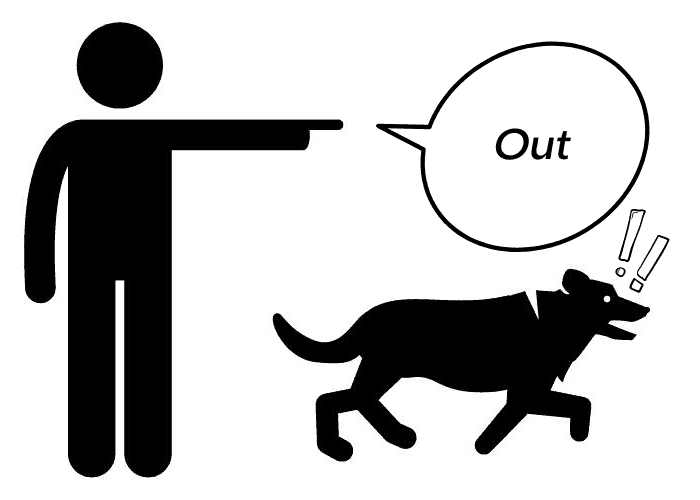
The “out” command is a quicker and sharper rendition of the command “go out / en avant,” Because it sounds different to the dog, it can be used slightly differently or reserved for particular activities.
15. “Track” – Piste (piss-te)
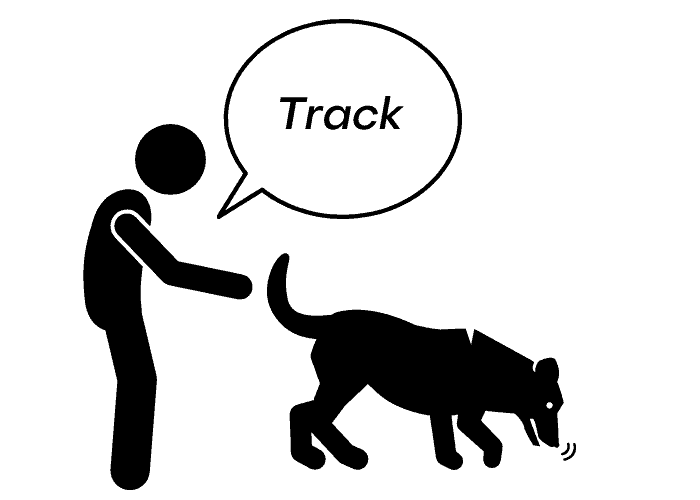
Using the “track” command may not be the most popular command out there as far as a regular family dog is concerned. But it is a heavy hitter for working or hunting & tracking dogs.
Final Thoughts

People also like to teach their dogs commands in German, or other languages such as Japanese, or Mandarin Chinese commands.
But since French is a rather popular language in the United States and other English-speaking countries, it may be easier for people than other foreign languages.
Whichever language you choose to use while teaching your pup commands, you should become familiar with the lingo, and be able to use it at the drop of a hat comfortably.
In certain situations, if you have to struggle or take a few moments to conjure up the right foreign command, the opportunity to use it may already have passed.
So, if you get these 15 dog commands in French down well enough to recall them as a reflex, you and the dog will be much better off.
Related Questions:
1. How do you say “dog” in French?
Male dog in French is Chien while female dog is chienne. Check out the pronunciation below:
Chien
Chienne

